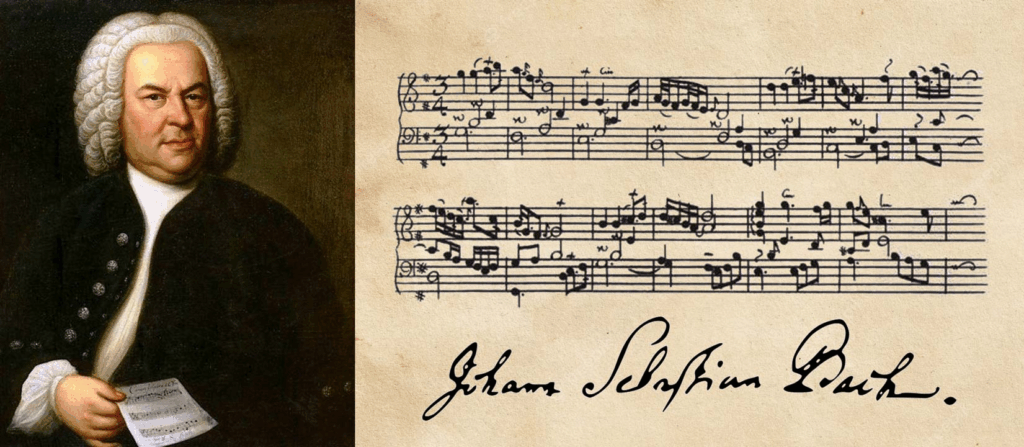
Today, pianists from every country in the world can read and play Bach. Without dropping a note or missing a beat.
Why is it so hard in the information-rich technical domains?
The history of ‘solving interoperability’ has generally been via attacking the problem at the data level. In musical terms, this is like making a special representation for every cantata, every symphony, every mass, with no underlying common notation. The work is endless.
Only short-term, non-scalable fixes are available with this approach. Any hope of a permanent solution relies on addressing the semantics of the domain of interest, far upstream from data.
Two things are required:
- a standard computable language with which to represent what goes on in the world – the equivalent of musical notation
- common domain models of the definitive semantics of the domain of interest – the equivalent of common musical elements, e.g. chords, chord progressions,
The first can only be solved by representations that:
- distinguish ontic and epistemic dimensions, i.e. descriptions of reality, e.g. a BP measurement from how information was created or captured, certainty etc; (and do not mix them);
- the former requires every information element to be linked to an entity in an ontology, to which it stands in the ‘is-about’ relation;
- the latter requires a base ontology of epistemic entities representing things like Observation, Evaluation etc (specifics depend on the common cognitive models of each domain), expressed as an instantiable canonical information model (otherwise no data can be created);
- support versioning, to handle the effect of information being created as snapshots of reality over time;
Domain models can only be solved when a community representing the domain can agree on what its semantics are (from simple, e.g. a heart rate measurement, to the comprehensive, e.g. a long-running diabetic care plan), and undertakes to create and maintain such models over time.
The result is agreed domain semantics instantiated via an agreed canonical information model. The main sources of non-interoperability – competing, non-domain generated definitions of the domain – disappear.
Implementing interoperability may be partially managed with ‘data standards’, but unless they are a) capable of encoding instance data of the canonical model and b) the contents of each artifact are generated from upstream common domain models, they will constantly get in the way.
